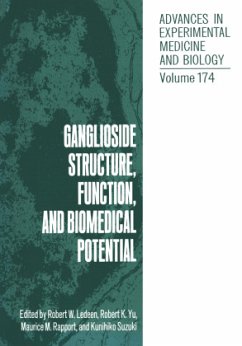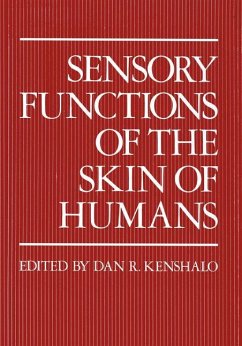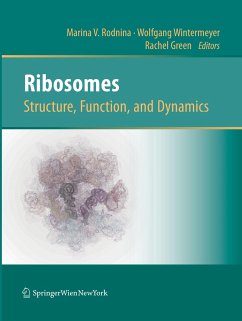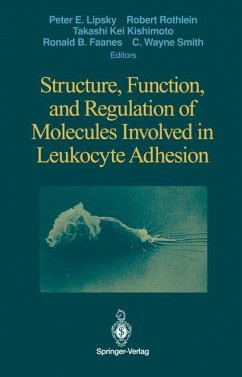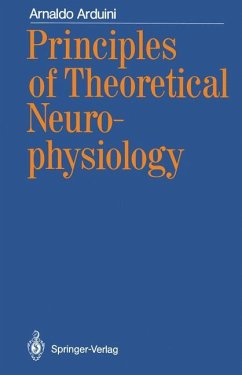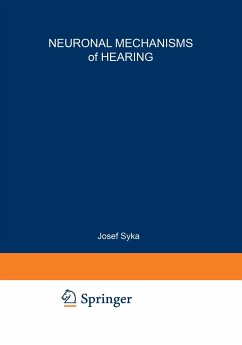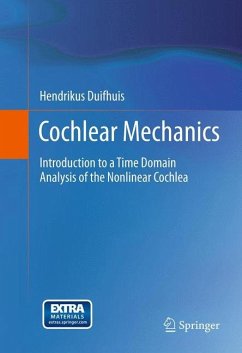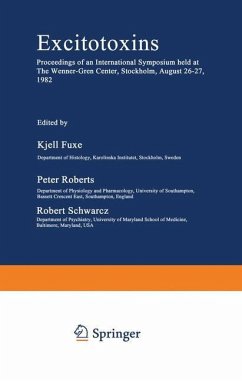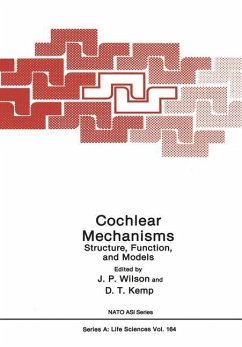
Cochlear Mechanisms: Structure, Function, and Models

PAYBACK Punkte
39 °P sammeln!
Great advances have been made in understanding hearing in recent years. In particular, the mechanical function of the cochlea has become the focus of intense interest. This started in one direction, with the discovery of otoacoustic emissions in 1978, which required active mechanical amplification processes, as first postulated by Gold in 1948. Direct evidence for the role of this mechanism in sharpening-up the otherwise poor, basilar membrane tuning properties, was provided in 1982; and in 1983, motility was shown in outer hair cells. In parallel, an immense amount of work has been done on th...
Great advances have been made in understanding hearing in recent years. In particular, the mechanical function of the cochlea has become the focus of intense interest. This started in one direction, with the discovery of otoacoustic emissions in 1978, which required active mechanical amplification processes, as first postulated by Gold in 1948. Direct evidence for the role of this mechanism in sharpening-up the otherwise poor, basilar membrane tuning properties, was provided in 1982; and in 1983, motility was shown in outer hair cells. In parallel, an immense amount of work has been done on the electrophysiology of hair cells, following the first intracellular recordings in 1977. Over a longer time scale, models of basilar membrane motion have been developed and refined, and recently much effort has been put into incorporating active mechanisms and non-linear processes. It seemed an opportune time to bring together the leading workers in these various areas, to take stock of the whole field and to stimulate further progress. This book represents the proceedings of a NATO ARW on the Mechanics of Hearing held at the University of Keele, 3-8 July, 1988. The conception of the meeting owes much to earlier meetings held in Boston in 1985 (Peripheral Auditory Mechallisms, Eds. J.B. Allen, J.L.





